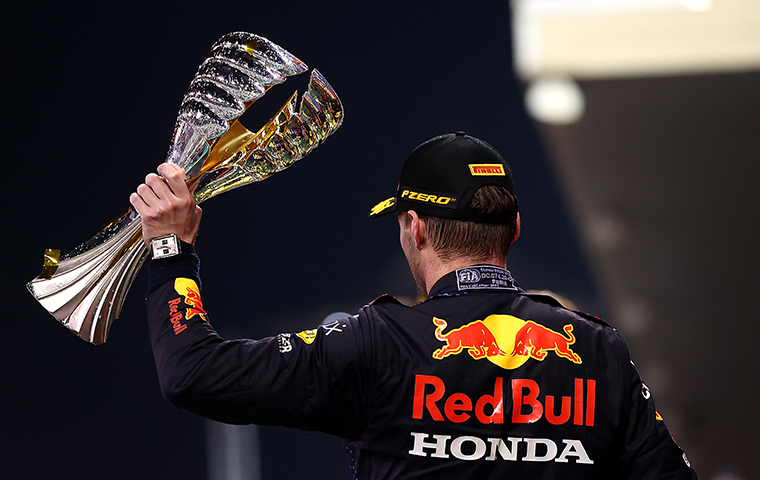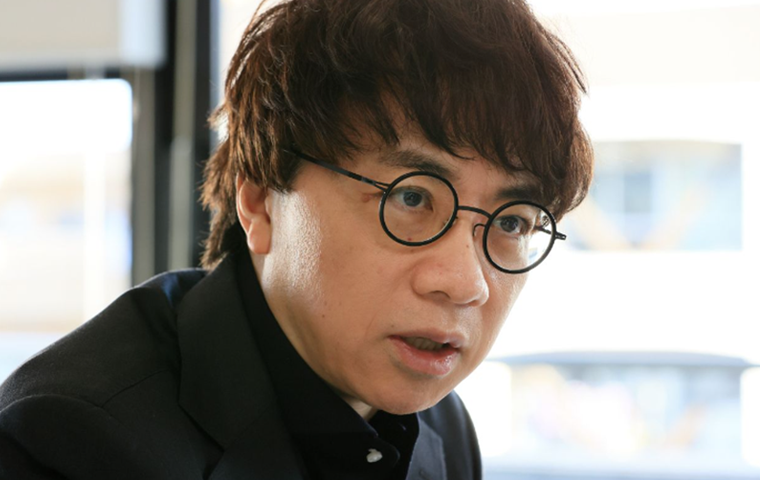Honda F1 Boss Yamamoto Says He “Gave It His All” as He Sets His Eyes on New Challenge
Related Articles

It was reported that Honda Formula 1 Managing Director Masashi Yamamoto will leave Honda at the end of January 2022.
Yamamoto assumed the role in 2019. Before that, he was the director of the motorsports department at Honda. With such a background, some people might find it surprising that Yamamoto was an engineer.
He joined Honda in 1982. To be specific, he had joined Honda R & D Design Centre in Wako City, Saitama Prefecture and not Honda Motor Co., Ltd., headquartered in Aoyama, Tokyo. Yamamoto, who was enrolled in the mechanical engineering department in high school had joined Honda with the aim to design engines. However, he was initially assigned to an experimental group that designed new cars for the market and made cars for motor shows. Yamamoto visited his boss and said, “I chose Honda so I can design engines.”
His boss responded. “Perseverance brings success. You’ve just joined the workforce, so accept your current job for 3 years as a learning experience and do your best.”
Yamamoto took his boss’s words to his heart and did his best with the role he was given, accepting it as a learning experience that will realize his future ambitions.
The 3 Years That Taught Him His Mission at Honda
Three years later, his boss visited him and said “It’s been 3 years. What do you want to do?” Yamamoto was touched that his boss had remembered their conversation from years ago. “I found my current job enjoyable.” He believes it was around this time that he started to carry with him a thought. “When an organization grows, they will need all sorts of human resources. I should do my best where I am needed. And whether those people can play an active role depends on the leader’s ability to bring them together.”
Yamamoto experienced this firsthand when he took part in a solar car project years later.
He became a member of a project team comprised mostly of young engineers at Honda R & D Design Centre, that would take part in the “World Solar Challenge” that traversed the Australian continent. Honda finished second the first time it raced in 1990. On its second participation in 1993, it won the championship with a new record.
On this occasion, Yamamoto was not only in charge of the development of the solar car, but he was also the driver in the race. He already had the experience of racing at the All Japan Kurt Championship in his early 20s but this allowed him to understand what it felt like to be the driver who has to carry the weight of the company project on his shoulders.
Later, Yamamoto proposed a plan to compete at the Bonneville Speed Week, a speed racing event that attracts attention from motorcyclists and four-wheeled vehicle fans globally. In 2016, Honda set a world record at the event. The company recognized Yamamoto’s management skills and chose him to be part of its F1 activities that year. At the time, Yamamoto had no idea of the headwinds that would be waiting for him.
The Decision That Saved Honda

In 2017, Honda was in the third year of its “fourth era” of the F1 challenge. Maclaren-Honda was once again struggling and Honda’s relationship with Maclaren had deteriorated. Honda faced an unprecedented crisis in its F1 activity. To Honda’s shock, McLaren, which suffered the loss of its sponsors on the back of poor performances and faced a financial crisis, had pressured Honda to pay for McLaren’s loss.
After just 3 years into Honda’s comeback, some of the company executives were calling for Honda to retire right away by ending its 5-year-contract with McLaren, even if it had to pay a penalty.
Yamamoto found himself in a grueling situation but couldn’t give up. “If Honda withdrew from F1 without winning, not only will the fans be sad, but it would end with the engineers never having had the experience to win.” This he wanted to avoid at all costs.
Ultimately, Yamamoto succeeded in ending the 17-year-relationship with McLaren without compensating for the loss or incurring a penalty and continuing Honda’s F1 activities. In addition, he signed contracts to supply power units to Toro Rosso in 2018 and the top-ranking team Red Bull in 2019, laying a foothold for Honda’s revival.
In its last year, Honda used special colors on its racecar at the Grand Prix in Turkey, which was meant to be used at the race in Japan. It revived the Acura branding on the rear wings at the U.S. Grand Prix, which had been his long-time aspiration. These all made symbolic scenes that moved Honda employees and fans around the world. Fundamental to Yamamoto’s behavior might be his belief about the company. “Honda is a company that is a bit strange but does exciting things. Fans expect this from us. I love that about Honda.”
Yamamoto’s love for his fans was evident after the Abu Dhabi Grand Prix, when the team won the drivers’ championship. He first thanked his fans.
“Thank you very much to everyone who has supported Honda F1 for seven years since our return. The fans that have supported us as Red Bull Honda, Alpha Tauri Honda, and that have been with us since McLaren Honda. We have seen tough times, but we were able to come this far with your support. Your encouragement and warm message have always been a huge support for us at Honda. Thank you very much for the last 7 years. “
Moving On to a New Challenge
“At this point, I’m overwhelmed with a sense that I gave it all that I can, and I thought this was a good time to mark my retirement at Honda. I have decided to start a new challenge while properly balancing work and family.”
The details of his new challenge were not revealed at the point of writing, neither from Yamamoto himself nor from the company. Regardless, there is no mistake in saying that Yamamoto’s experience and accomplishment have not only become an irreplaceable asset to himself and Honda but the entire Japanese sports community. There will certainly be those who can build on this asset.
Right now, I want to raise a glass to his 40 years at Honda, the company he dedicated his heart and soul to and loved more than himself.




